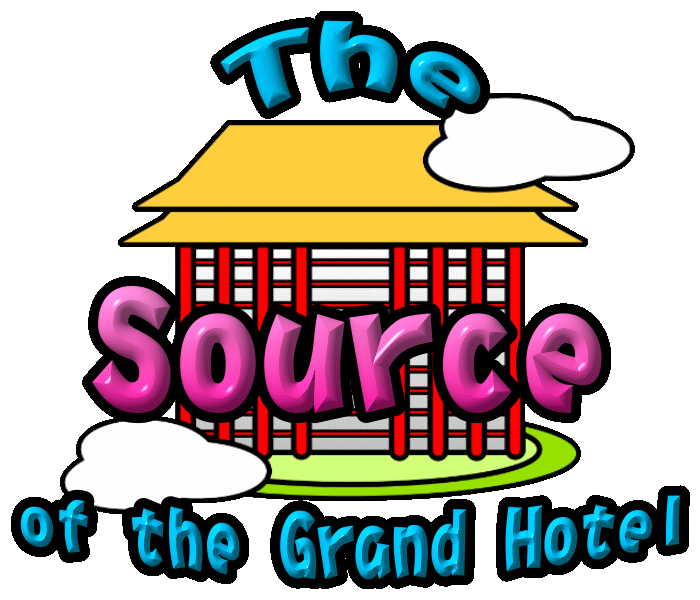The State Banquet is a special banquet, held by the state head for the reception of VIP guests. Because the banquet is a reflection on the State, the standard and art of cooking, of course, surpass those of general feasts. To hold the state banquet, many areas require immediate attention: first, the list must be drawn up and the number of guests to invite decided; the next step is noting the differences between Chinese taste and foreign guests’ special eating habit, making communication and taste-testing the food well in advance important. |
|








